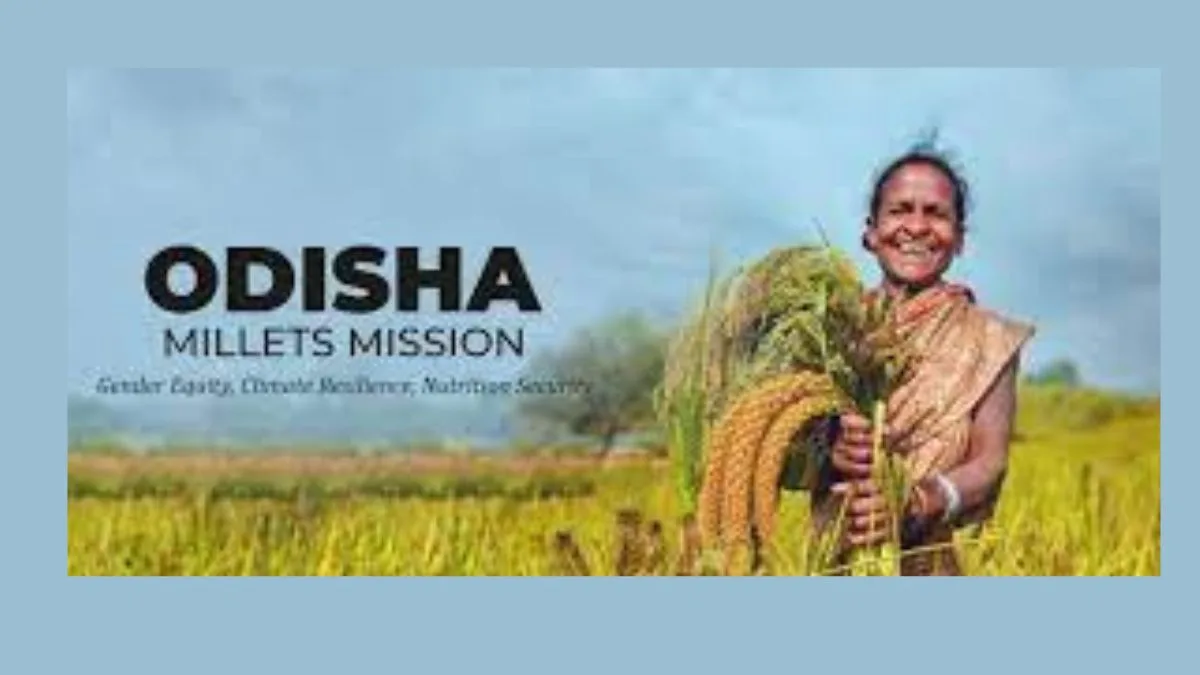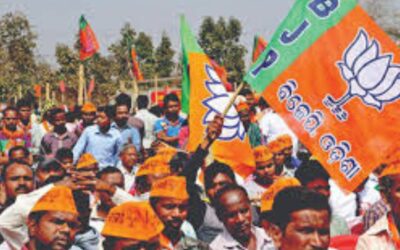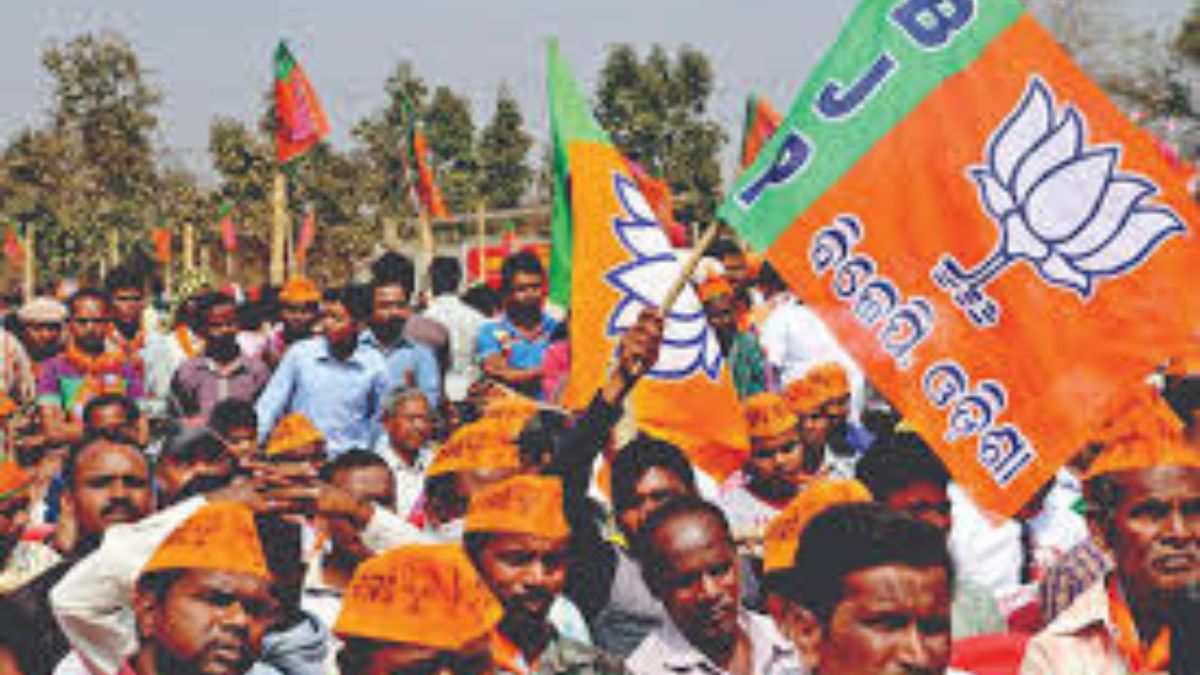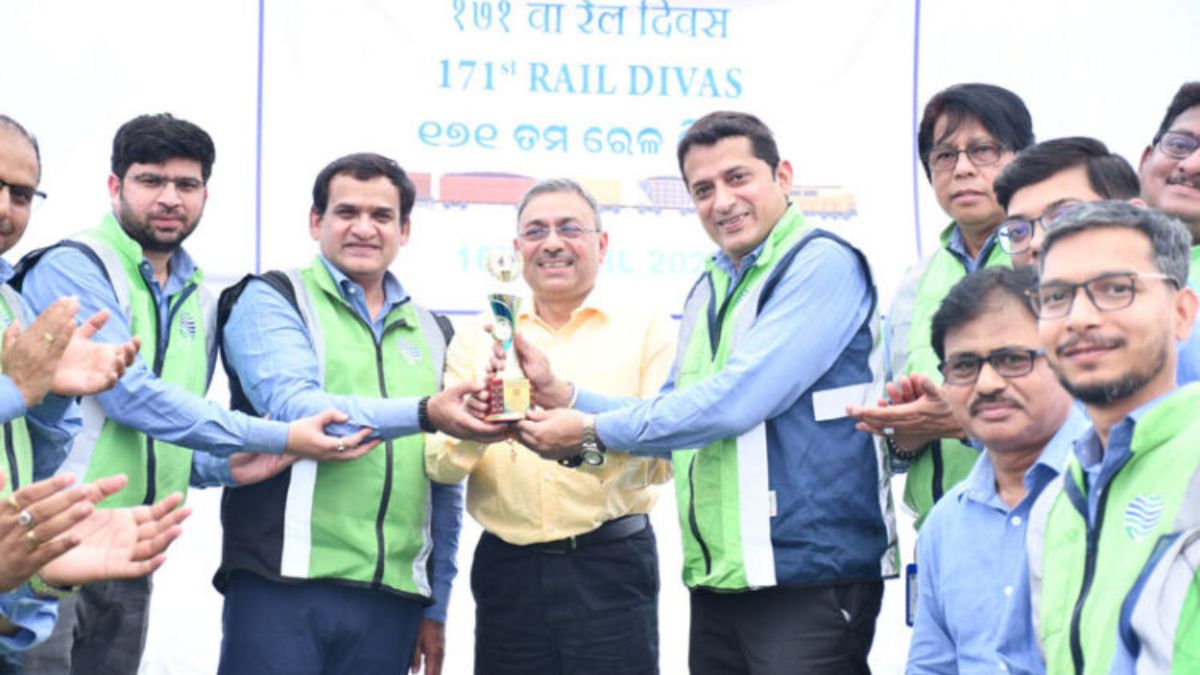Odisha Millets Mission(OMM) Leads the Millet Revolution in the International Year of Millets

Bhubaneswar: As India’s proposal to declare 2023 the International Year of Millets gained recognition on the global stage at the United Nations, millets suddenly became a subject of discourse among nations. While the world began acknowledging the advantages of millets in 2023, the Odisha Millets Mission has been steadfastly working since 2017 to initiate a millet revolution in the state of Odisha.
Being the largest contributor to millet production in Asia, our country plays an unparalleled role in millet farming and promoting sustainable nutritional practices globally. Among the leading contributors, Odisha plays an indisputable role in the promotion and adoption of millets across the state and the nation itself.
The Odisha Millets Mission stands as a success story for numerous impoverished farmers in Odisha, enabling them to sell their yields at higher prices and make improved lifestyle choices for their families. The recent International Convention on Millets underscores the pivotal role Odisha plays in guiding the country towards millet knowledge. The convention, which was attended by over 190 panelists and nearly 2500 farmers from various states, witnessed discussions on policy roadmaps, emerging technology and advanced training.
Facing unpredictable climatic conditions and a significant population dependent on farming, agriculture in Odisha encounters challenges throughout the year. Reconnecting with traditional practices, the Odisha Millets Mission promotes millet cultivation and addresses food security issues for over 5 million vulnerable households in the state. Millets, resilient to harsh and sudden environmental changes, emerge as a dependable source of income and nutrients. With the ability to withstand elevated CO2 levels, millets, under certain parameters, can be hailed as the crop of the future.
The Odisha Millets Mission champions sustainable farming practices, serving as a model for countries with limited resources and environmental capabilities seeking diverse methods to enhance nutritional variety. This model can aid such countries in reducing dependency on a few staple crops like wheat or rice, concurrently lowering production costs due to reduced fertilizer and other farming support requirements.
Given the global fight against malnutrition and famines, initiatives like the Odisha Millets Mission merit due recognition.
Promotional practices such as incentivizing farmers, facilitating the establishment of self-sufficient organizations working for their welfare, and providing essential training for improved yields are among the various methods introduced by the Odisha Millets Mission in recent years to ensure the success of this initiative. Countries grappling with similar issues can adopt this model, and collaborative global efforts can help alleviate threats like world hunger and malnutrition definitively.











